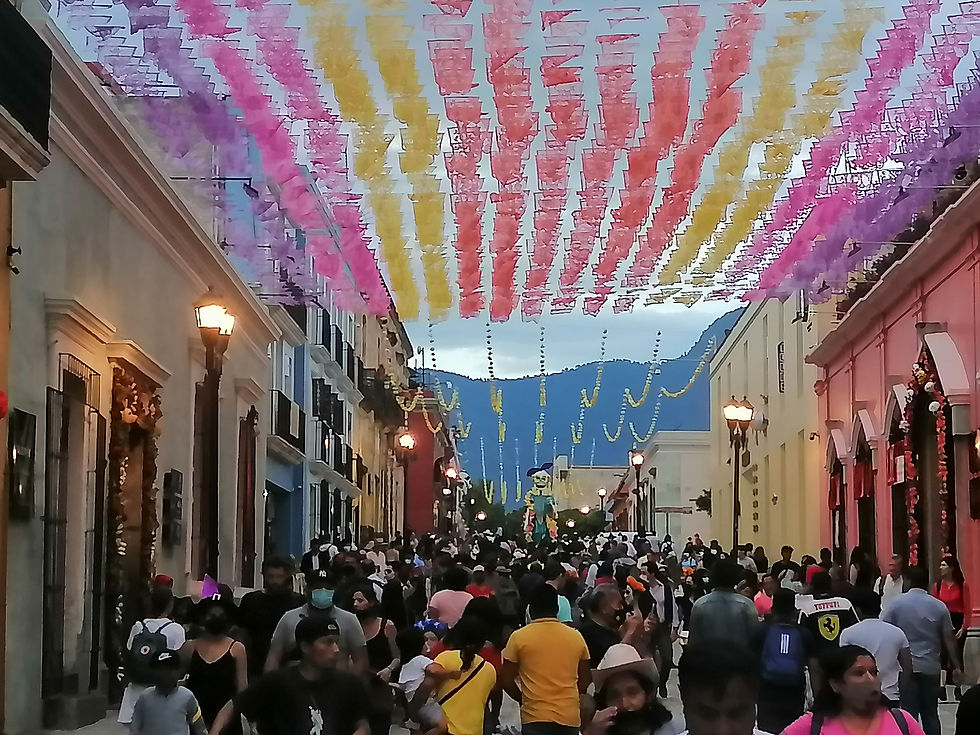Mesoamerican funerary architecture in the Book of Mormon
- Ignacio Salguero
- 13 mar 2021
- 3 Min. de lectura

When we start from the idea that the Book of Mormon is a story invented by a young man of 24 years with a poor education comparable to that of an 8 year old child in 1830, it is much easier to find clear examples within the book itself that prove the opposite, since the book itself speaks of illogical things for the American culture of 1830.
As is the example of the following scriptures that show a very different cultural area in time and space:
All the kings of the nations, yea, all lie in glory, every one in his own house; 2 Nephi 24:18
This scripture although it is an extract of the book of Isaiah and is written in the ancient continent we must remember that they are prophecies that speak of the future of the house of Israel and that they were not necessarily written for the Jewish people of that time in fact that is the reason why Nephi copies those scriptures and includes them in the plates from which the Book of Mormon was translated because he assures that the prophecies are for the rest of his people and not for the Jews of the time in which those prophecies are written.
It is not surprising that this is why the prophecies of Isaiah are so difficult to understand for the majority of the religious population that does not know or does not want to accept the veracity of the Book of Mormon.
However, to the descendants of Lehi they should make much more sense since they were written for them.
In Nephi's writing which can be compared with Isaiah 14:18 there is a detail that would not make sense to the Jewish people since they in no way considered the dead, no matter how kingly they might be, to be in glory in their tombs, so much so that for them it was considered impure to touch the newly deceased to prepare him for his burial. Numbers 19:13
However, in Mesoamerica this scripture acquires a greater relevance since it is of current knowledge and well documented that the kings were buried with great pomp and attired in the richest possible way showing their glory.
Also, the use of the words "in his own house" is even more strange in the Jewish people, they had family tombs where the whole family could be found together, but not "in his own house" in the English bible it says dwelling place instead of his own house, but in English both in the bible and in the Book of Mormon it says -his own house-.
Again this scripture would have more understanding in Mesoamerica, culturally the Mesoamericans used to bury their dead in family burials underneath their houses which had been arranged beforehand before the construction of the house.
Today it is known that for example the Zapotecs of the upper class built such graves before building their house and at the death of the hierarchs or ruling elite were buried with great glory in fact this type of architecture is known as funerary architecture because the structure of the house was arranged based on the sepulcher or family tomb underneath it.
And it came to pass after two days and two nights, that they were ready to carry his body, and to lay it in a sepulcher which they had made for the burying of their dead. Alma 19:1

In the second scripture, if we start from the fact that it was Joseph Smith who invented the book, wouldn't it be logical to think that for someone in 1830 it would not be necessary to specify that they were going to deposit the king in his sepulcher that was made to bury their dead? I mean, for what other purpose is a sepulcher built? If Joseph Smith had written the book it would have been sufficient to say that they were going to deposit the king in his sepulcher.
Since to the understanding of anyone from the 19th century onwards it is more than obvious that sepulchers are made for this purpose.
But we are talking about a book that was written in America between 600 B.C. and 400 A.D. most probably in Mesoamerica where it is well documented that the cultures built sepulchers, constructions or houses with the purpose of burying their dead, probably even for the Nephites this specialized practice of family sepulchers under their own houses was also a cultural trait that only applied to the Lamanites and that is why it is necessary to mention it.
Anyway, in both cases the two scriptures show cultural traits well documented by archaeologists not members of the church that do not agree with America in the XIX century or in the old continent according to the bible, but, that have a great coincidence with a cultural practice of Mesoamerica and that was not known in 1830 until more than 100 years after the translation of the Book of Mormon.




Comentarios